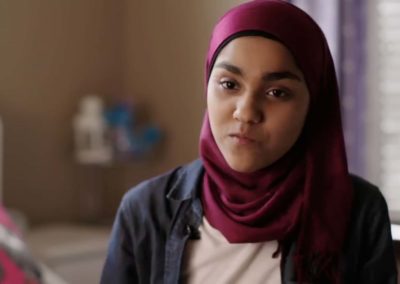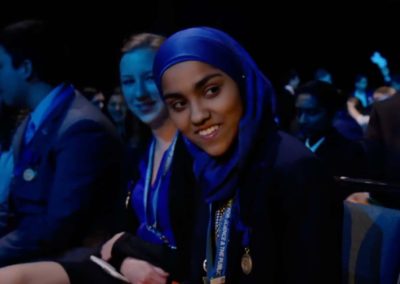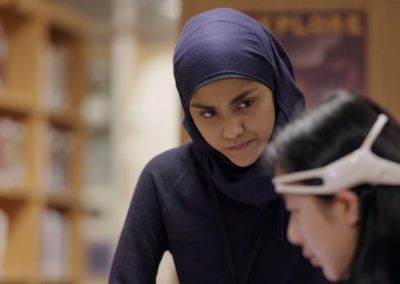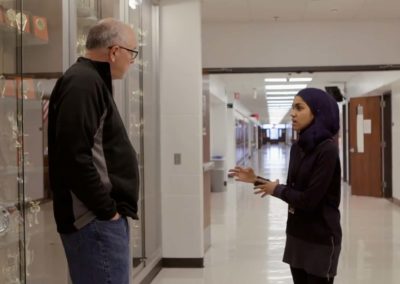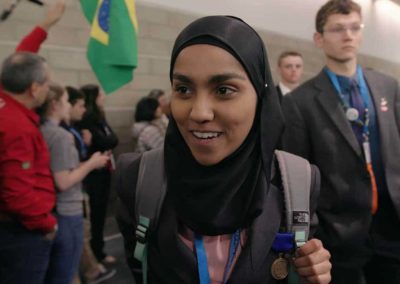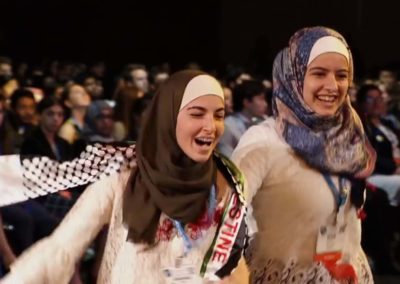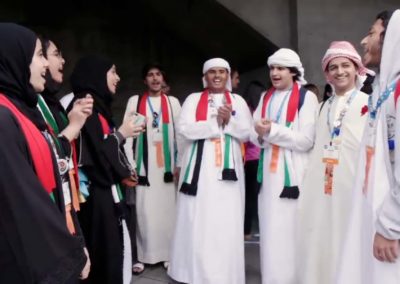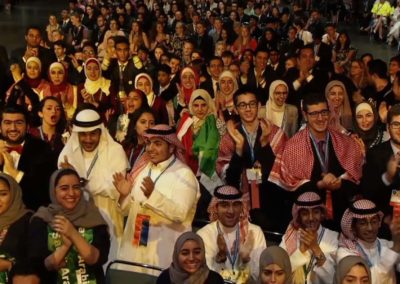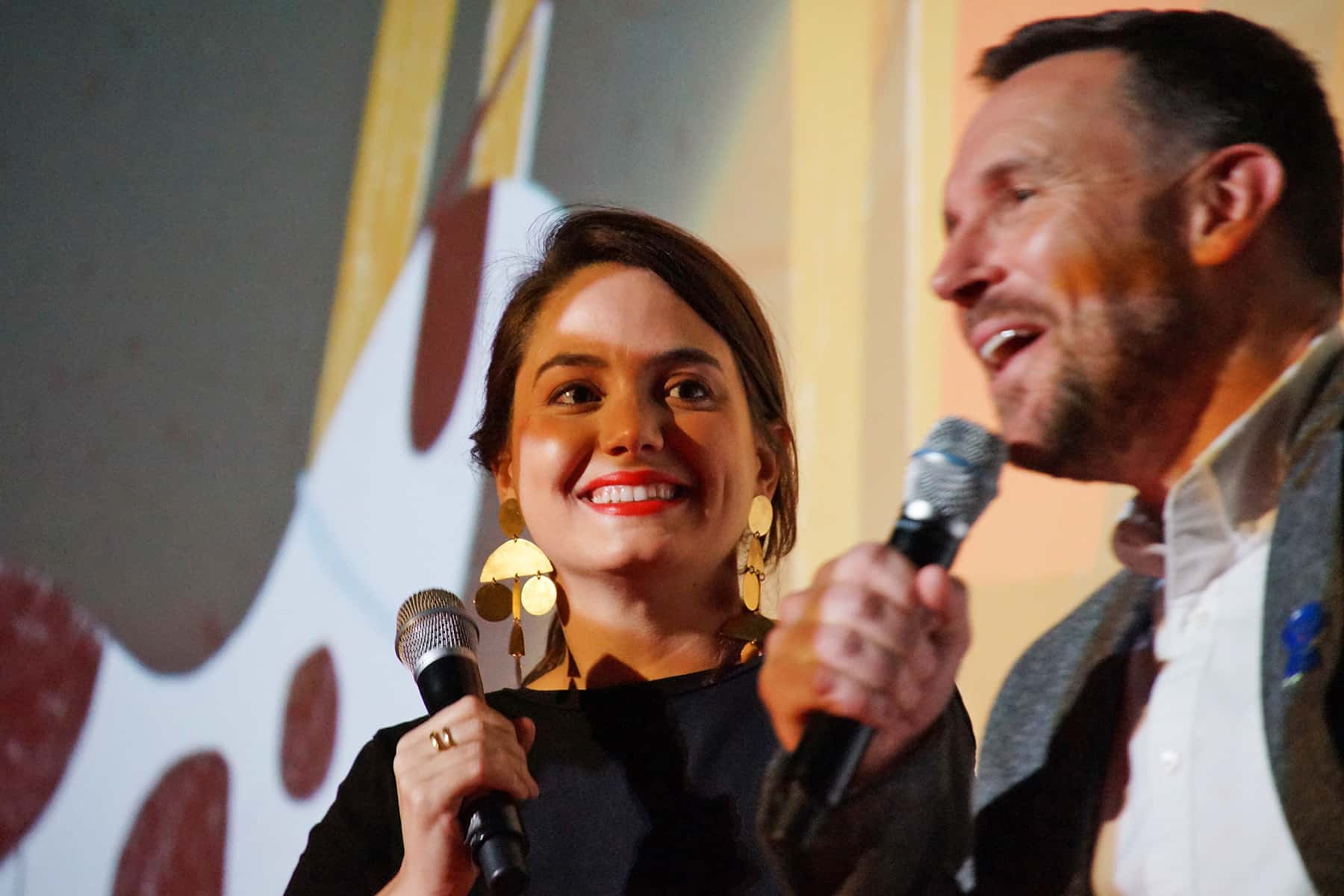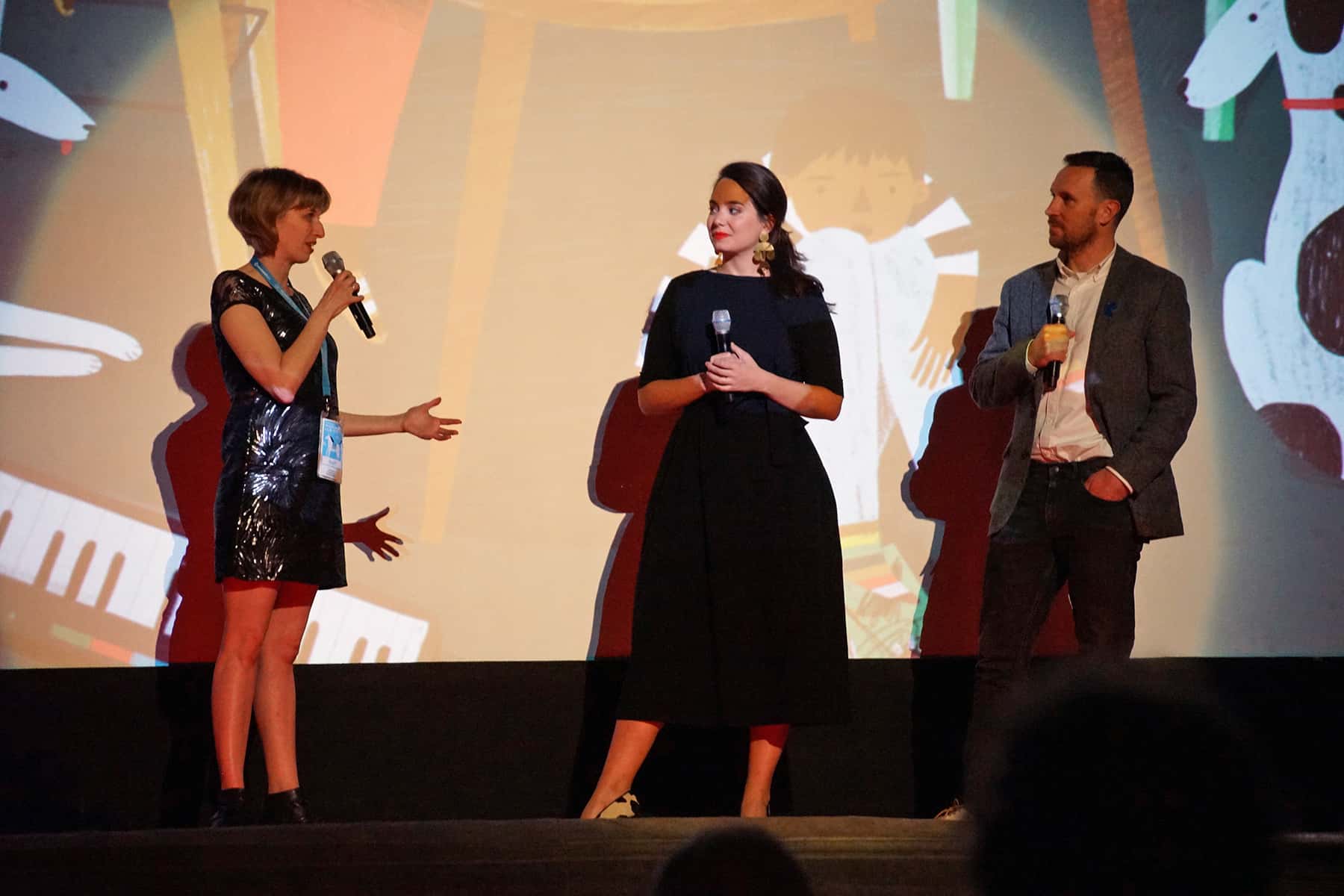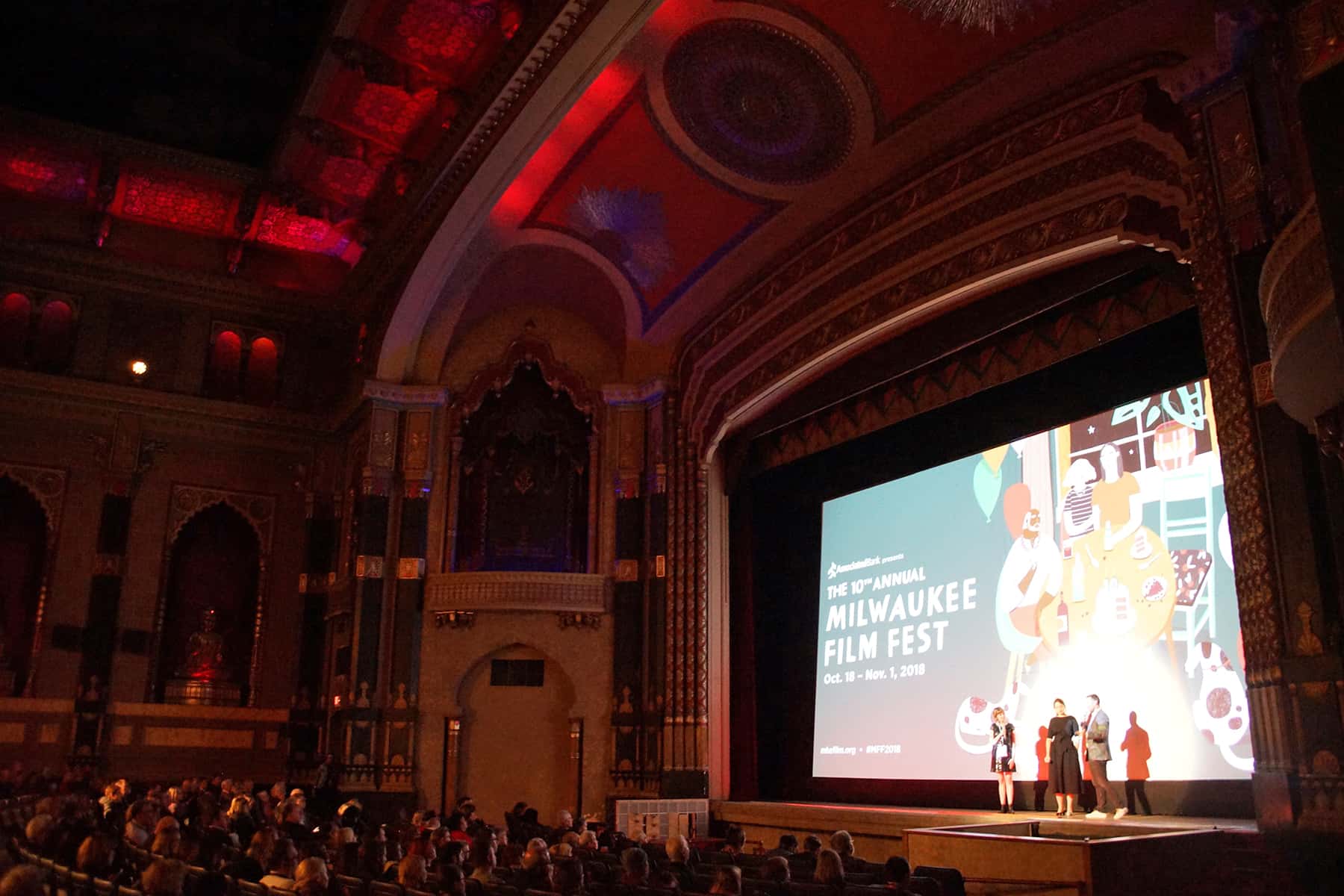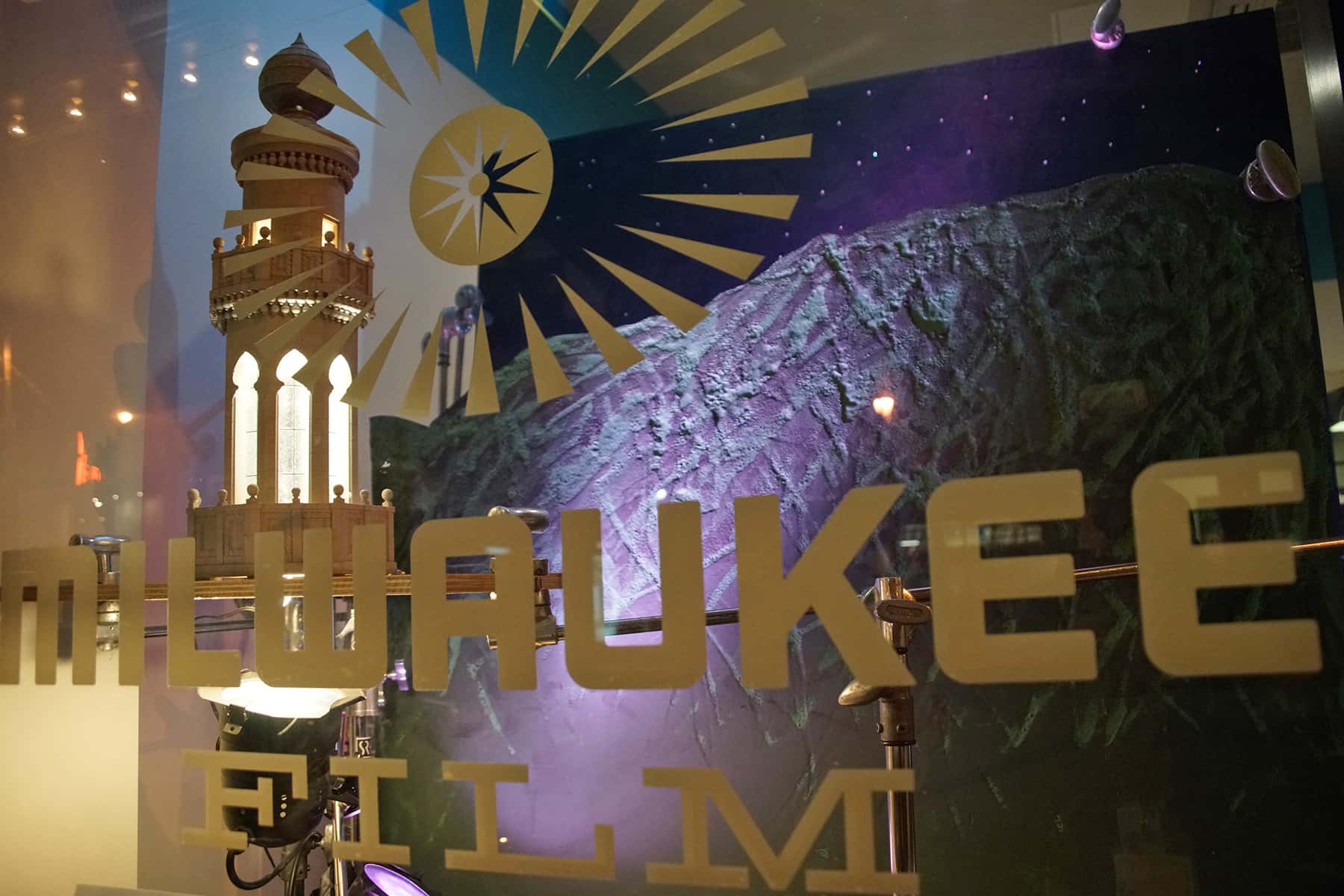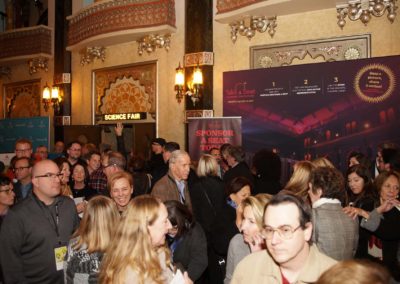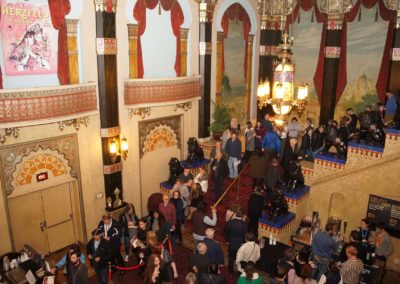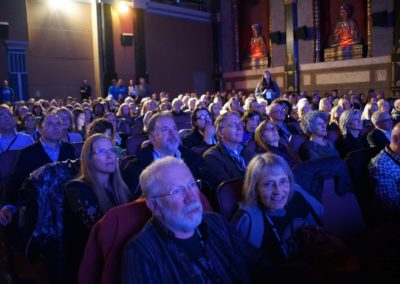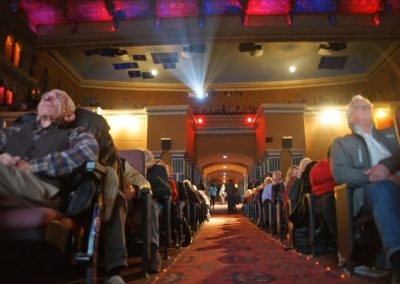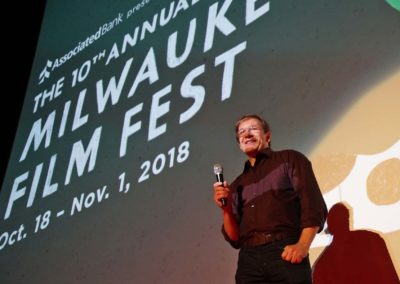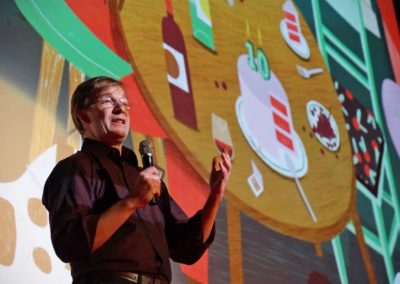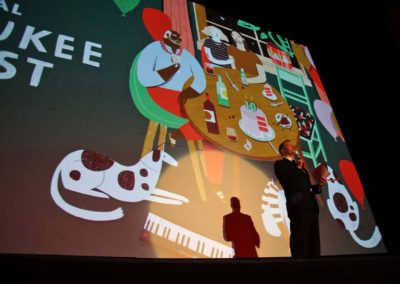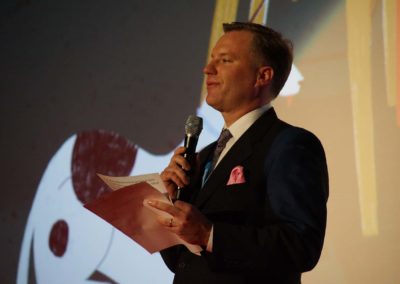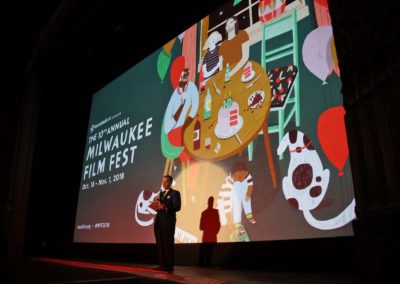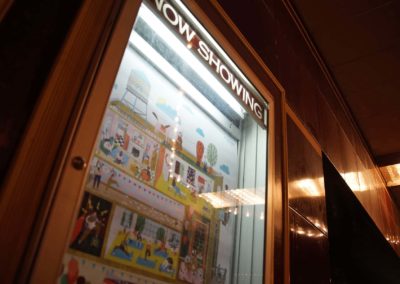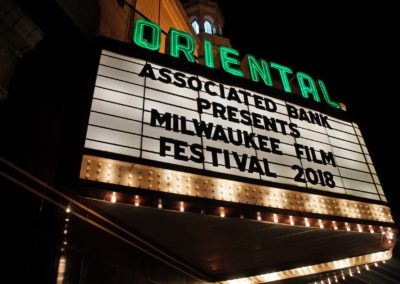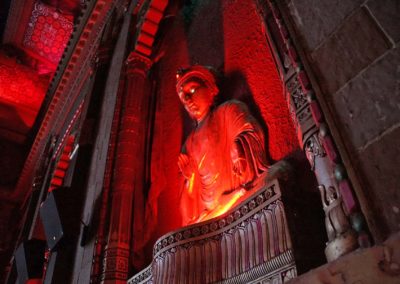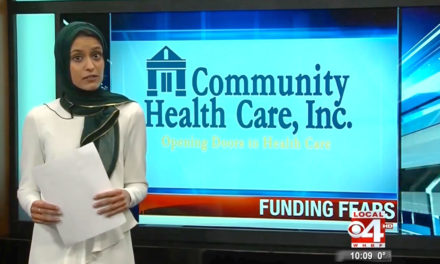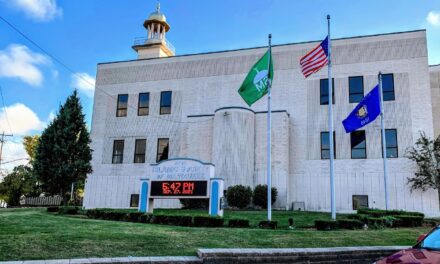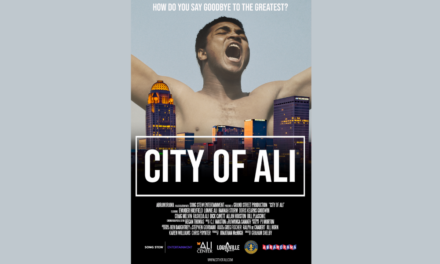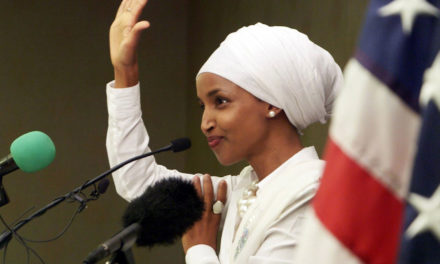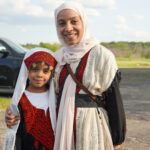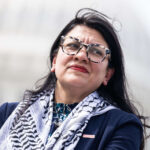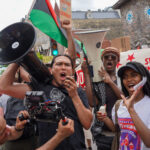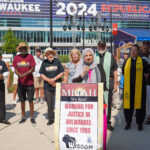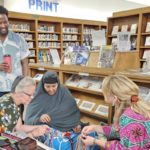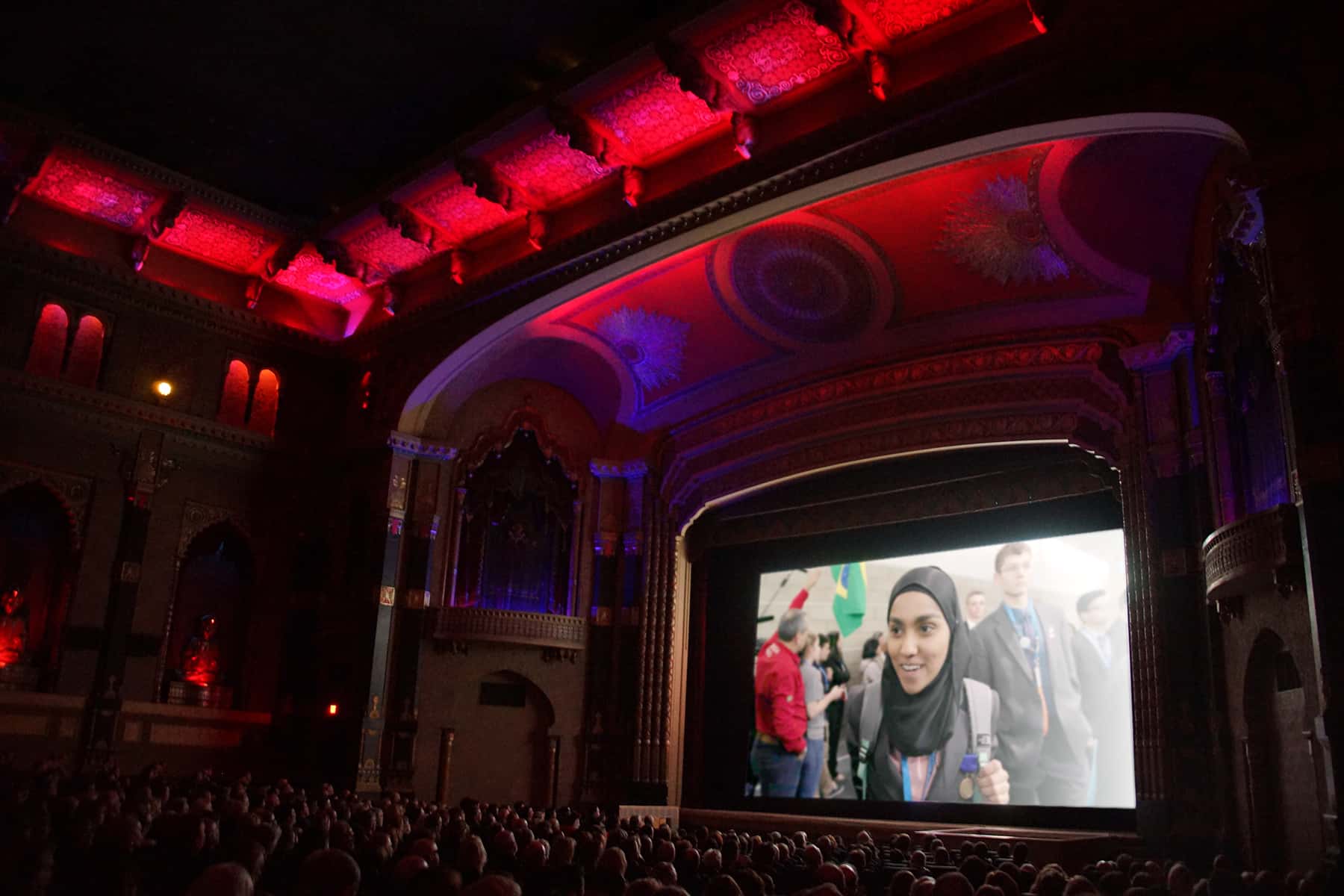
Winner of the Sundance’s “Festival Favorite Award,” the National Geographic documentary follows the lives of nine brilliant and dedicated high school students from 78 countries, as they participate in the International Science and Engineering Fair.
The annual event brings together 1,700 students from around the world, each of whom won a local award for their project, to compete for $4 million in prizes and recognition for being the best of the best.
Milwaukee native and Co-director Cristina Costantini said, “Science Fair is a love letter to the subculture that saved me. As a dweeby kid growing up in a sports-obsessed high school in Wisconsin, the international science fair became my lifeboat. It validated my passion for science, taught me how to dedicate myself to a goal and set my life on a trajectory that would have otherwise been totally impossible. But most important, science fair is where I found my tribe.”
Q&A with Cristina Costantini and Darren Foster
Why did you make this film?
From the beginning, Cristina’s own experience with science fair was our north star. As a two-time alumna of ISEF, she not only had firsthand insight into the scene, but with some distance she could also look back and see how it shaped her life. With that very personal perspective, we set out to make a movie about the science fair journey as she remembered it: one of the most stressful, exhilarating, sublime, terrible experiences a young person could go through.
We wanted to tell the story of teenage prodigies trying to navigate the sweet, confusing purgatory between childhood and adulthood. But during the making of what was supposed to be a quirky competition documentary, things changed in our country. We realized that many of the characters at the center of our film — scientists, women, Muslims and immigrants — had suddenly found themselves at the center of very ugly national debates.
We thought a lot about how to incorporate these themes into our film. Should we remind the audience of the times we live in with bites of Trump talking about cutting science funding while American students are already lagging behind their peers? Should we include interviews with talking heads about how science is under attack? As we started to go down this path, we realized we were overshadowing the thing that makes this movie shine and were straying from the very thing that drew us to the science fair in the first place — the stories of amazing nerdy teenagers with a whole lotta heart. Instead, we realized we had to trust the audience knows the backdrop that these stories are playing against and let these issues come through in real moments that were true to our main characters.
Did the film change from your original idea as you were filming or in post?
From that first shoot, we had a pretty clear vision for the film and for the most part, the final product doesn’t stray too far from it. However, our original idea was to follow just students. But throughout production our camera kept gravitating toward one teacher. Dr. Serena McCalla is the science research teacher at Jericho High School in New York. Her only job at Jericho is to work with kids on their research projects and prepare them for science fair. We filmed her class and her amazing students over the course of the year. It wasn’t until we were shooting the finale at ISEF that we realized she was going to be one of our main characters. It was a break from the format we envisioned, but her perspective on science fair was so compelling. And she is just a force. It was a late decision, but one of the best we made.
Finding the kids we wanted to follow was another story. We consider it both the biggest challenge and the biggest success of Science Fair. There are more than 7 million kids around the world who participate in science competitions and about 1,700 from nearly 80 countries make it to ISEF. There are so many great kids with so many compelling stories that it was really difficult to narrow it down.
That process alone consumed us for months and we wound up following more students than actually made it into the film. Thanks in large part to Cristina’s insider knowledge of the science fair world, we were able to place bets on who would make it to ISEF and who might win big. The Long Island schools and duPont Manual High School from Kentucky have been powerhouse programs for over a decade, so we initially looked to them to find a sure winner. But we were also keen to find some underdogs, students who didn’t have much support or elite science programs behind them. In the end, one of the underdogs we followed — Kashfia Rahman from South Dakota — had one of the biggest and most heart-warming wins of the documentary.
What do you want audiences to take away from this film?
By telling the stories of the incredible kids featured in the film, we want people to fall in love with the world of science fair as much as we have. We also hope the spirit and the commitment of our kids restores some hope at a time when the country seems to have turned its back on science. It would also be nice if people walk away with an appreciation for how science fairs foster the minds of some of our nation’s brightest students who may or may not fit into traditional educational systems.
Where do you find inspiration and what has influenced you as a filmmaker?
We rewatched a lot of our favorite competition docs in preparation for this, including Mad Hot Ballroom, King of Kong and, of course, Spellbound. The big difference in our doc is we didn’t have access to the big moment for our kids, which is when they face the judges at ISEF. On the day of judging, only students and judges are allowed on the floor. Their teachers, mentors and parents wait outside for eight hours and they must fend for themselves.
It was a bit of a creative challenge to figure out how we’d cover this crucial moment, but it wound up being one of our favorite sequences in the film. Plus, it sparked the idea of tracking down other alumni of the event to reflect on what science fair meant to them. That led to another favorite moment in the film when we meet the winner of the first-ever national science competition, 93-year-old Dr. Paul Teschen, and the first girl to win after boys and girls were allowed to compete against each other, Dr. Nina Schor. It was really touching and remarkable how even decades later they still look back on science fair as such a pivotal moment on their lives.
Anything else you want to add about the making of the film and its importance?
Fund science fair programs! They need all the support they can get right now. Oklahoma just cut its science fair from the state budget and ISEF just lost its principal funder when Intel announced it is pulling its support after next year. Science fairs may seem like just a nerdy extracurricular program, but for some of us, they made all the difference.
Kashfia, one of the only Muslim girls at a massive high school in South Dakota, who finds an unlikely kinship with her school’s head football coach who ends up being the only teacher who will sponsor her project. Nine high school students from disparate corners of the globe navigate rivalries, setbacks, and hormones on their quest to the international science fair. Facing off against 1700 of the world’s best and brightest, only one will be named Best in Fair.
National Geographic and Wisconsin Muslim Journal
Portions of this article were originally published as Documentary gives you a taste of the excitement and anxiety of being in the The International Science and Engineering Fair by Mark Frauenfelder
